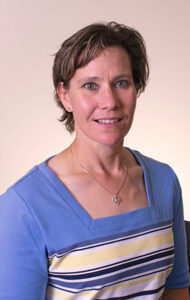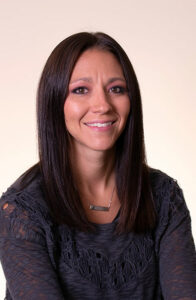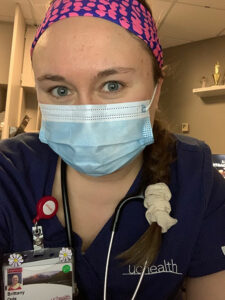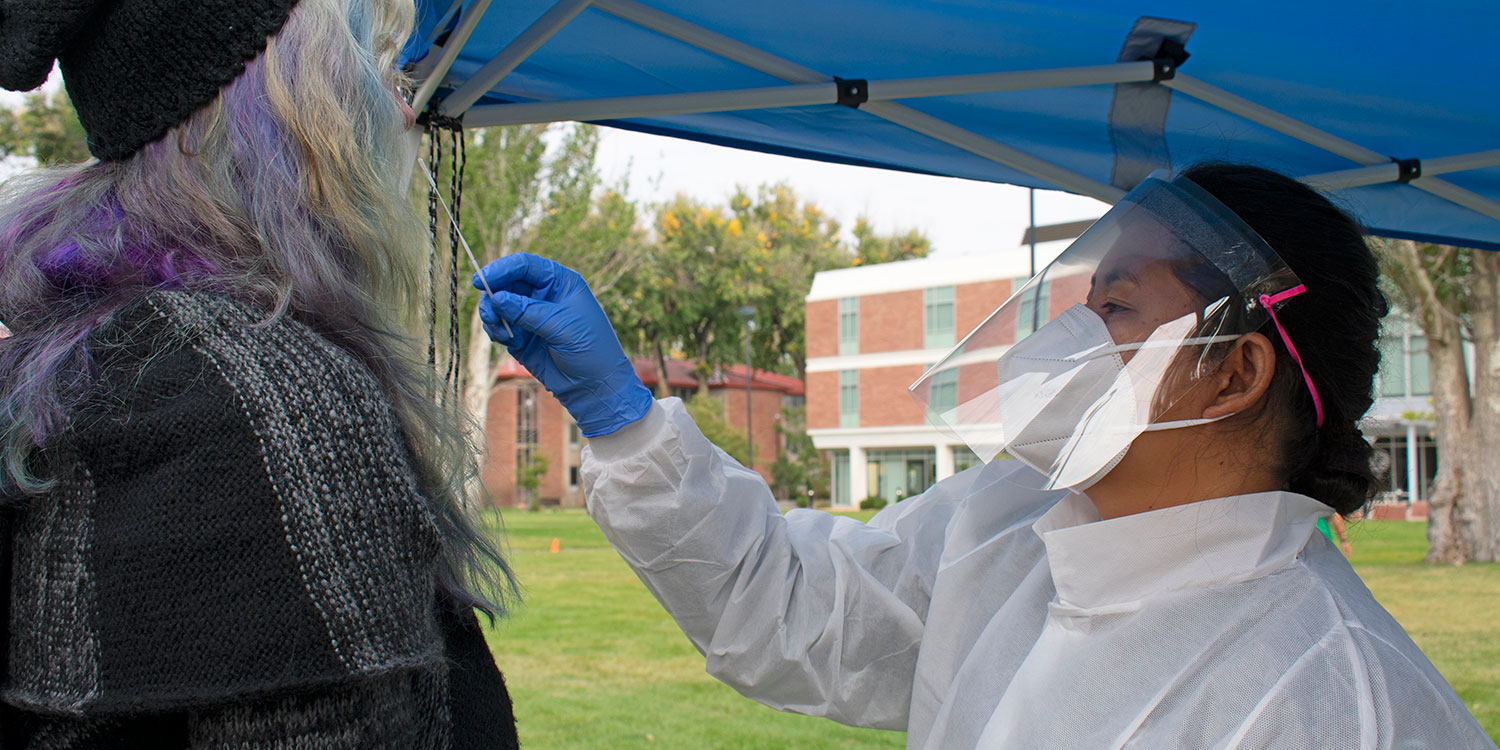Wesley Cizeski accidentally killed Sim-Man. During a simulation with the training dummy, the Adams State nursing student’s “patient” had a GI bleed, stated he was in pain and needed pain medication. Following the doctor’s orders, Cizeski gave the patient morphine. “Sim-man,” as the dummy was affectionally known, proceeded to bleed out internally, then pass away.
Cizeski was horrified. “In a real-world situation this is where the nurse should question the provider’s order. This was a valuable lesson for me in the role that nurses play in patient safety.”
The 2017 graduate of Adams State University’s nursing program graduate is now a trauma nurse in the Denver area. He says despite poor Sim-Man’s demise, he really appreciates the Sim-Lab portion of the nursing curriculum and education, and he says it’s because of the work of Melissa Milner, D.N.P., director of ASU’s nursing program.
“Dr. Milner really took the opportunity to build an amazing learning environment that allowed us as student nurses to experience the bedside without putting real patients at risk,” he says. “The simulations allowed us to really test our clinical and practical knowledge and prepare for real-world situations.”
That sentiment is echoed by fellow ASU nursing graduate Sydney Nelson, now a nurse in the Neonatal Intensive Care Unit (NICU) at St. Joseph’s Hospital in Phoenix.
“A portion of our requirements were simulations,” says the 2018 ASU graduate. “Those simulations made you think on a deeper level and gave us real world examples. In clinicals you didn’t always get to see things that directly related to course work. Simulations really ensured we had a well-rounded education.”
She says it helped her break down the disease process, research drugs, and generally helped her learn how to help. And to keep learning.
“This is something I have taken with me to my own practice,” she says. “When I see something I am not familiar with, I start from the beginning and break it down.”
These are just two of Milner’s success stories, embodying her philosophy of “always keep learning.”

Milner who took over as director of the program during the 2016-17 academic year, brought with her a philosophy that would help propel Adams State to one of the premiere nursing programs in the state, if not the country. Its small size, low faculty turnover and Dr. Milner’s dedication to critical thinking and evidence-based practice make it a popular choice for students who have a passion for helping others.
Probably one of the most impressive achievements has been the pass rate of her students in the difficult National Council Licensure examinations (NCLEX).
“In the last four years we’ve had an 87% pass rate,” Milner says. “While I’m very proud of that, I’m also aware that we need nurses not only with good skills, but who can go beyond the norm. They need to be forward-thinking, always trying to find out how they can do better.”
It’s not too surprising Milner has that attitude. She says she has the “trifecta” of helping others: She’s a nurse, a teacher and a mother of four.
“I grew up in the San Luis Valley, left for awhile to attend school in Kansas, but jumped at the chance to return here and teach,” she says. “It’s so important to bring healthcare to rural communities.”
However, she is the first to say the success of the program does not rest on her shoulders. “I have great colleagues, and we implement changes as a team.” She credits her five full-time co-professors for their help.
That was never so apparent as it was last spring, when COVID-19 suddenly shut down in-person teaching and simulations. It was a critical time for the young students, as senior year is traditionally very challenging. Plus, they were preparing to take the NCLEX.
But Milner and her staff quickly adjusted to distance learning. Because ASU uses the Blackboard program, students were already familiar with Internet-based lessons, and simulations were held on Google Meet or Zoom.
“It was kind of a shock when it happened,” Milner says. “We had to change our curriculum pretty fast. In fact, I spent all of spring break writing new lessons.”
But she insisted her staff and the students make the best of it, and to her surprise, they did. “It was not a negative experience,” she says. “It was even more effective for the students because they could listen to lectures on their own time, and really process the information.”
It wasn’t easy, though. Milner and her staff worked seven days a week to support the students. “We had to make adjustments to lesson plans on the fly. But it was never a ‘poor me’ attitude. We all said, ‘what can we do to make this easier for the students, and still teach them what they need to know?’”

Her colleague Faculty Clinical Nursing Instructor Fallon Crowther agrees. “I think there was a mutual understanding between faculty and students that there was nothing that we could do to change the circumstances,” she says. “So instead, we all changed our attitudes and decided that we were not going to let quarantine cause us and them to fail. We worked harder than ever before as faculty, and they worked harder than ever before as students.”
It worked. All 11 of the graduating nursing students passed the National Council Licensure examinations on the first try. That’s 100 percent of ASU nursing graduates who are now out in the field, helping others.
“It’s important that we teach the students that their patients are names, not numbers,” Dr. Milner says. “And it’s nice to see how our program is growing because of that philosophy.”
In 2021, ASU should graduate 15 cohorts, or students. There are 20 students in their junior year, and a whopping 27 in their sophomore year.
It won’t be long until the students are entrenched in their own careers, as are Cizeski and Nelson, and 2015 ASU graduate Brittany Ogle, an oncology nurse at Pouder Valley Hospital in Fort Collins.
Ogle was 15 when her mother was diagnosed with stage 4 breast cancer. After watching her suffering and death, Ogle knew she wanted to help others – not just physically, but mentally and emotionally as well.
“I want to give back to oncology patients,” she says.

That desire thrived under Milner’s leadership, Ogle says. “She became director my second semester and helped shape the program into what it is today. The study groups, simulations and meetings with professors helped me become a much stronger student.” She goes on to say that case studies, patient scenarios and how a nurse would intervene in emergencies all aided her and other students to become not just nurses, but better nurses.
“ASU’s program was phenomenal,” she says.
But it isn’t easy. “Nursing school is hard,” Crowther says. “You will feel like giving up more than one time. You will begin to doubt yourself more than one time. Don’t let giving up be an option. Don’t let one bad test stop you from believing in yourself.
“Life is hard in general,” Crowther says. “Look for the moments that make it all worth it and cling to those.”
And the ASU nursing program wants to make sure that its students’ future patients also never give up.



